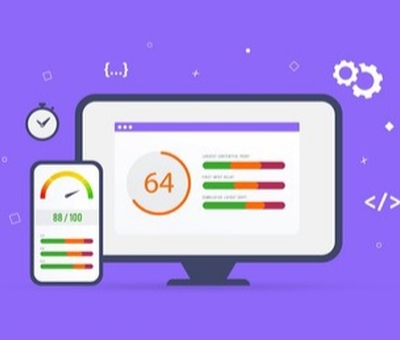
OPTIMIZING WEBSITE PERFORMANCE FOR BETTER USER EXPERIENCE
In the dynamic landscape of web design, staying abreast of evolving trends is paramount. This abstract explores the transformative journey of web design, from its inception to its current state, while forecasting future trajectories. It delves into the ever-changing aesthetics, functionalities, and user expectations that shape the digital frontier. By examining pivotal trends, such as responsive design, minimalist aesthetics, and immersive experiences, this abstract illuminates the forces propelling the evolution of web design.
In the dynamic landscape of web design, the journey from conception to execution is a testament to the ever-evolving nature of digital creativity. From its humble beginnings as static HTML pages to the sophisticated, interactive experiences of today, web design has undergone a remarkable transformation, driven by advancements in technology, shifts in user behavior, and evolving aesthetic preferences.
This exploration of web design's evolution begins with an examination of its foundational principles and historical milestones, tracing the emergence of key concepts such as responsive design, which revolutionized the way websites adapt to different devices and screen sizes. As the proliferation of mobile devices reshaped user expectations, web designers embraced minimalist aesthetics and streamlined interfaces, prioritizing clarity and simplicity without sacrificing visual impact.
The journey of web design is also marked by the rise of immersive experiences, leveraging technologies such as WebGL and VR to create captivating interactive environments. From parallax scrolling to full-screen video backgrounds, designers have pushed the boundaries of creativity to engage and delight users in new ways.Looking ahead, the future of web design promises even greater innovation, with emerging technologies such as AI, AR, and voice interfaces poised to redefine the digital landscape.
As the boundaries between physical and digital continue to blur, designers are challenged to create seamless, intuitive experiences that transcend traditional boundaries.In navigating this ever-changing landscape, adaptability and innovation are key. By embracing new tools, techniques, and technologies, designers can harness the power of creativity to shape the future of web design, ensuring that websites remain relevant, engaging, and impactful in an increasingly interconnected world.
